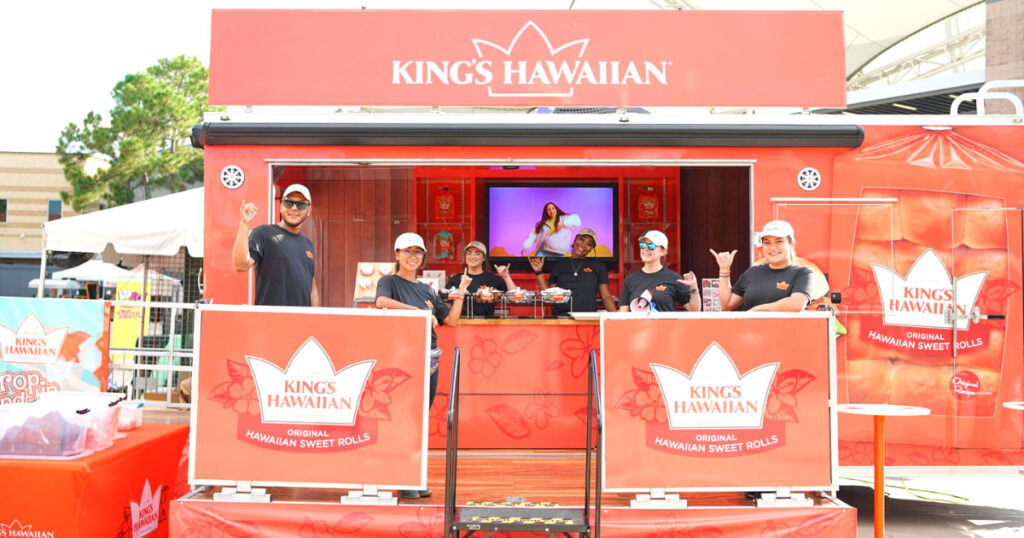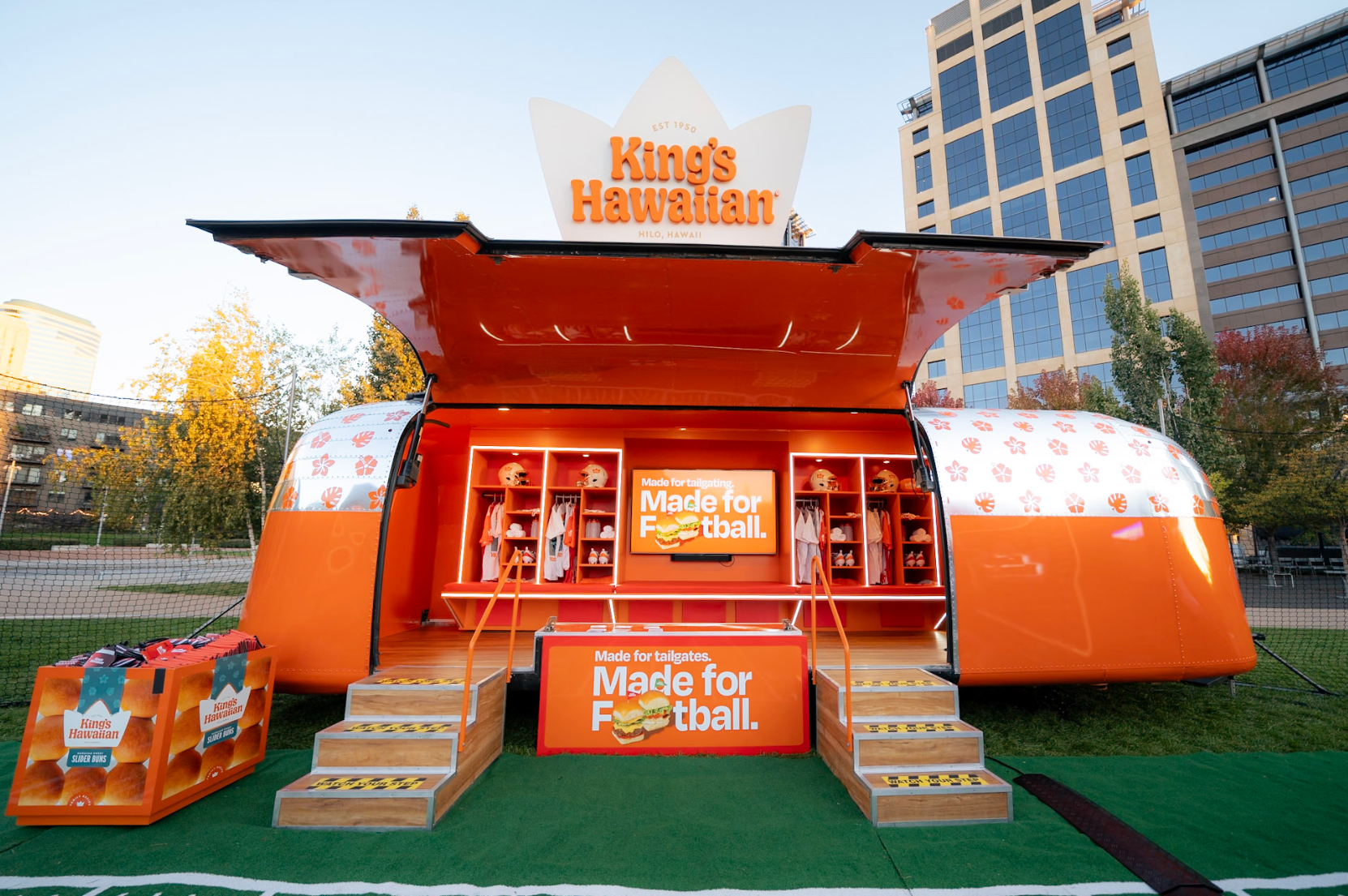We live in a globalized world. Knowing how to incorporate global marketing strategies is essential for brands wanting to expand beyond their local market.
What is global marketing?
Global marketing is all about taking your brand’s reach worldwide and gaining recognition beyond your home stomping grounds! To achieve this, it’s crucial to understand what resonates with people in different countries and regions. Each country possesses its own unique blend of culture, society, economy, and politics. This means your brand needs to adapt its marketing messages, products, prices, and distribution strategies to cater to each specific audience. Essentially, you have to become a local expert and tailor your marketing efforts to align with the local scene.
Culture
Having a thorough understanding of the culture in the countries you want to market in is a big deal. Why? Culture affects how and why people think, act, and make purchase decisions. If you ignore cultural differences, you might say or do something offensive. Even though it’s not done intentionally, it could cost you business. It could even turn viral on social media and affect your brand image. BUT! If you learn about local customs and languages, you can create marketing that connects with people and builds brand loyalty. By respecting local culture, you can earn consumers’ trust and grow your brand a lot more!
A simple way to embrace the culture in the countries you want to market in is through the use of colors and symbols commonly associated with that area. For example, if your brand markets in Mexico, you can use bright and bold colors like red, green, and yellow. These colors are commonly seen in Mexican art and culture. You can also incorporate symbols like the eagle or cactus, national symbols of Mexico, to make your product more appealing to the local audience. I don’t mean you need to change YOUR brand, but using cultural references within your campaigns will work wonders connecting with your audience. By doing so, you’re showing that your brand is sensitive to local culture and that you’re trying to connect with the audience on a deeper level. This can help create a strong brand presence in that market.

Social
It’s also critical to consider social factors in other countries. These include age, gender, income, education, and lifestyle. All of these can significantly impact how people view your products and brand.
What’s hot with the young crowd in one country might be less cool, or even offensive, to the same demographic in another. Women, especially, must be carefully considered depending on your target country. In some countries, women have strict guidelines to follow. You need to know this and target your audience accordingly. This will help you build better customer relationships and drive sales and revenue growth. Moreover, consumers will appreciate your effort and stick with you for the long haul!
Economic
Understanding economic differences is key. People’s spending habits and purchasing power vary dramatically depending on where they live. Different factors like GDP, inflation rates, exchange rates, and income levels all play a role in how people decide what to buy.
A luxury brand like Louis Vuitton probably won’t set up shop somewhere in a difficult economic climate; it’s just not smart business.
What works as a marketing strategy in one place might not work in another under different economic conditions. Your brand needs to understand the economic differences between countries and adjust your pricing, products, and messages to fit each market. This can help them stand out, grab market share, and grow in the global game.

Political
It’s imperative to know why politics matter when marketing in different countries. I’m sure this will shock you, but the government doesn’t consider your brand’s plans when making rules, changing trade policies, or just being unstable. If you’re trying to market your products in a country with tariffs, you won’t have luck. If you’re marketing in an area where there’s a lot of unrest or fighting taking place, think about changing locations. But if you know what’s going on with politics in your desired country, you can plan ahead, follow the local rules, and make sure you’re doing everything by the book. This way, you can succeed and avoid surprises you’re unprepared for.
Best practices
So how can you take your brand worldwide respectfully and successfully? For starters, it’s worthwhile to do some thorough research. Once you pinpoint where your brand wants to reach, find all the information you can about local customs, values, and consumer behavior. You can use this research to create marketing strategies that appeal to your target audience.
You should also localize your messages. This will help you form better connections with locals and build trust between them and your brand. The last thing you want is for your target audience to feel distant or unvalued through your messaging.

Make sure your products or services fit in with what locals want. McDonald’s does a great job at this! At every McDonald’s location, they serve their standard menu and then add items that are popular in that area. In India, the menu features a McSpicy Paneer. You can order warm chocolate croissants in Canada, France, and Brazil. In China, you can enjoy a Black and White Burger featuring squid ink. These local delights are a HUGE hit and have done remarkable things for McDonald’s. At the end of the day, it’s all about being authentic with people, wherever they are. Global marketing is the perfect opportunity to reach new people in an innovative way!



